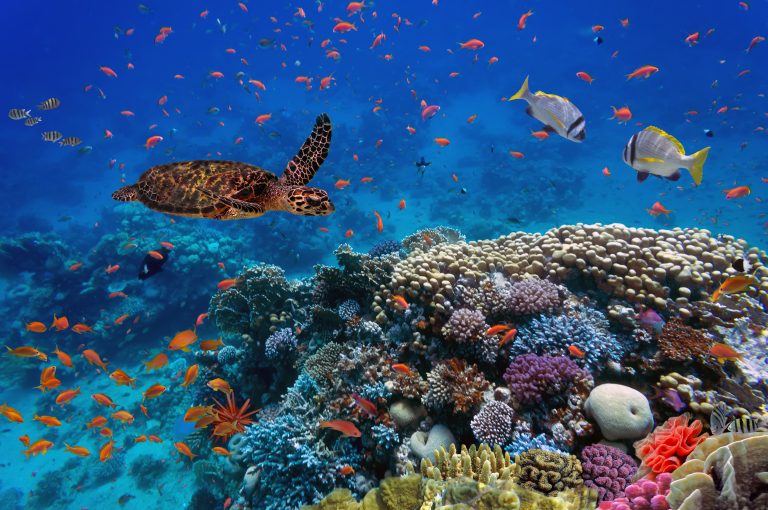
Devastating fires, global warming, irremediable melting of the Greenland ice cap, rising sea levels and temperatures, depletion of resources, disappearance of species, pollution-related diseases, scientists have been warning for years about the state of the planet. According to the Living Planet Index, a reference tool published by the WWF every two years, 68% of wildlife disappeared between 1970 and 2016. This is due to the destruction of natural habitats, in particular due to agriculture.
Often considered an enemy of the planet by many ecologists, technology could play a crucial role in creating prevention tools that provide concrete solutions for the environment. Artificial Intelligence could therefore become an ally for the planet and the conservation of species.
Collecting data to better understand and preserve biodiversity
Protecting biodiversity begins with studying species and understanding their environment. The necessary observation work is far from simple: there are few conservators, they study large areas, in conditions of access that are sometimes difficult or even hostile to humans, which makes observations delicate. Weeks, months or even years can pass between two observations of individuals from endangered species. Worse still, knowledge of our planet remains very partial. Experts agree that millions of animal, plant and fungal species remain unknown to us.
For several years now, Artificial Intelligence has been backing the Conservatives. It relies on data from various sources. Capable of compiling and analyzing large data sets in real time, it provides specialists with a kind of virtual ubiquity allowing them to access a general picture of the situation at instant T, but also to create predictions based on different simulations.
We invite you to meet David Klein, AI developer at Conservation Metrics in Silicon Valley. He began his career designing neuromorphic chips that met with great success and equipped smartphones such as the Iphone and Samsung Galaxy, before putting his skills to the service of biodiversity. We also meet Roelof Pieters, an environmental activist from a young age and now CTO of the Overstory company, which is dedicated to helping manage and protect forests.
Finally, we invite you to discover the various initiatives based on artificial intelligence for the protection of fauna and flora, including the fight against poaching.
The AI actors at the service of biodiversity that we met during the drafting of this dossier are all driven by deep personal convictions. They demonstrate, without naivety, that environmental protection can be part of a virtuous economic relationship: they put their skills at the service of NGOs and companies that are aware of the importance of their image, or simply encouraged to act by government measures. In this way, they seek to use the economic power of private companies, which is out of all proportion to that of NGOs, for the benefit of nature in the framework of agreements frequently involving quadripartite relations with NGOs, governments and private companies. Their position enables them to reconcile economic profitability financed by private companies with the pro-environmental positions of NGOs.
Discover the dossier “When artificial intelligence comes to the rescue of nature” in its entirety in the N°2 issue of ActuIA magazine.
Translated from Quand l’intelligence artificielle vient au secours de la nature









